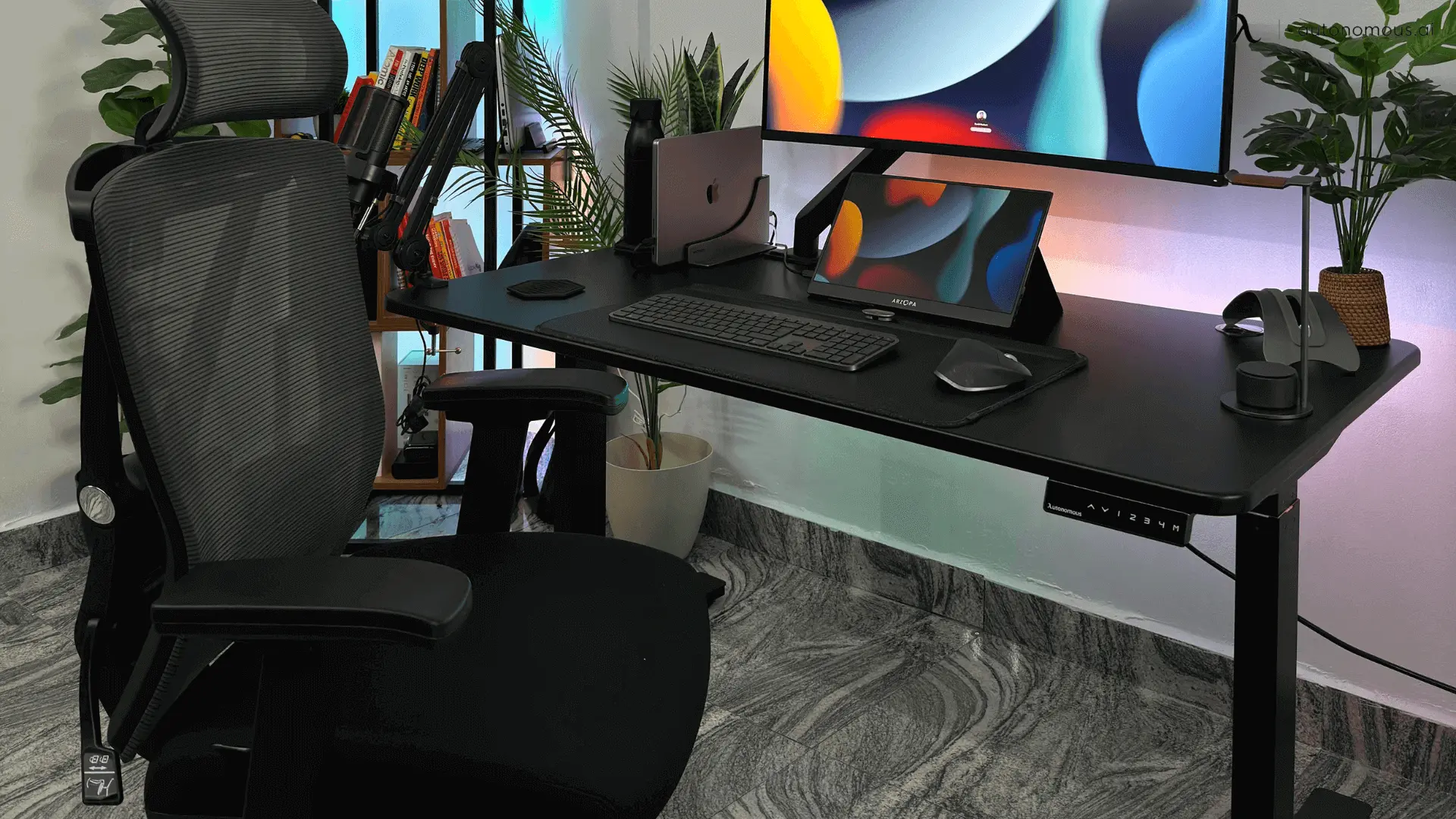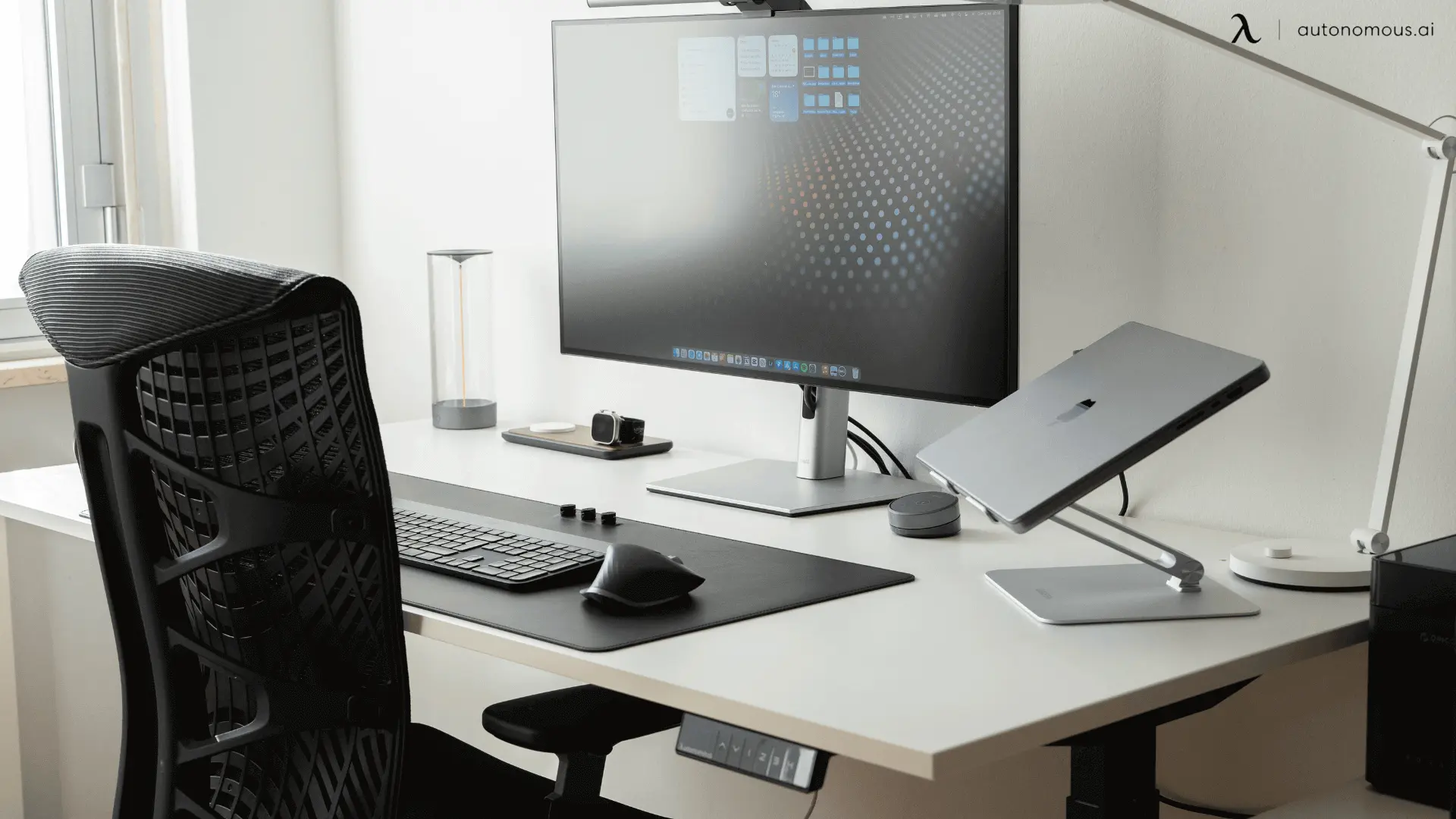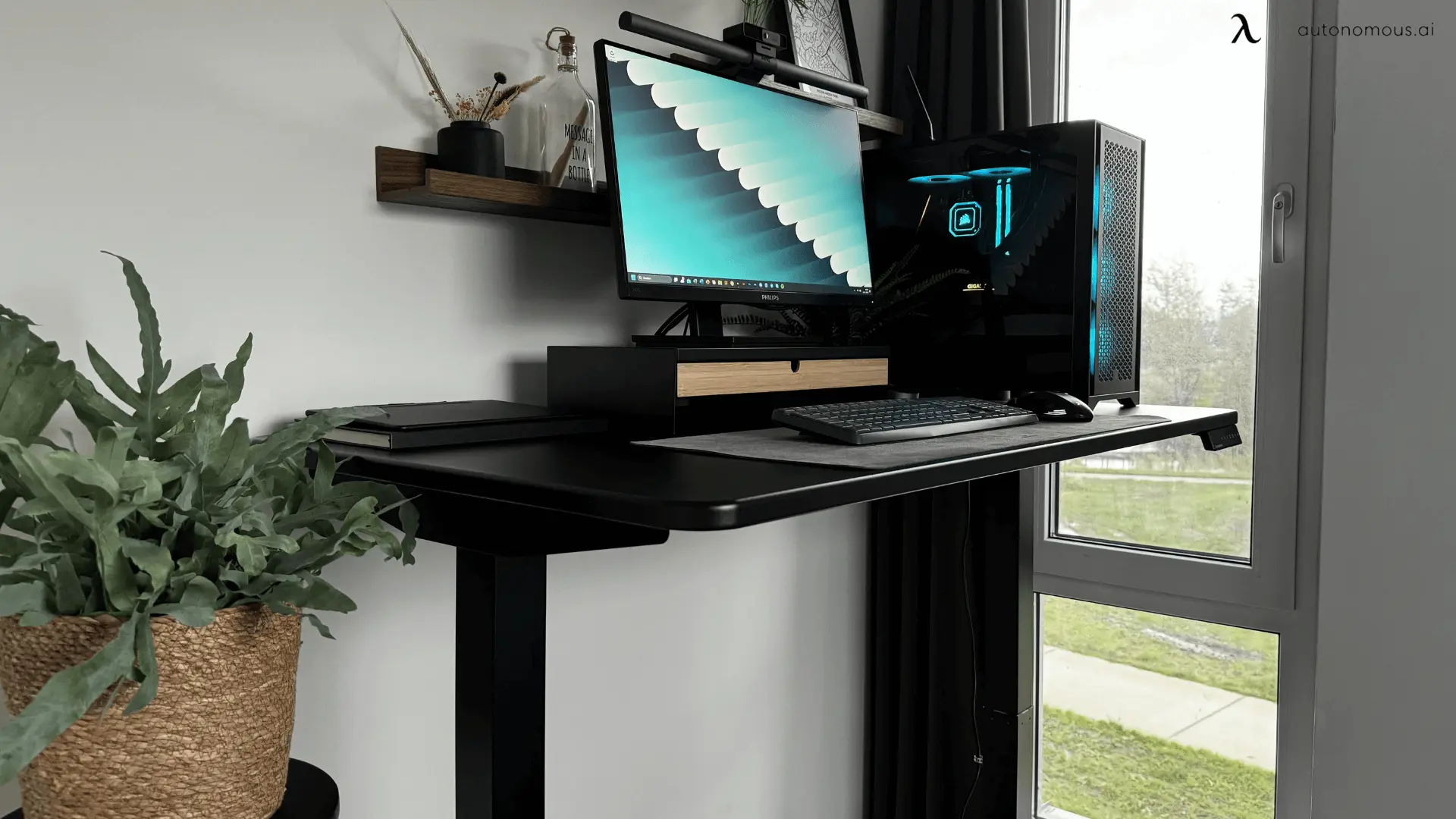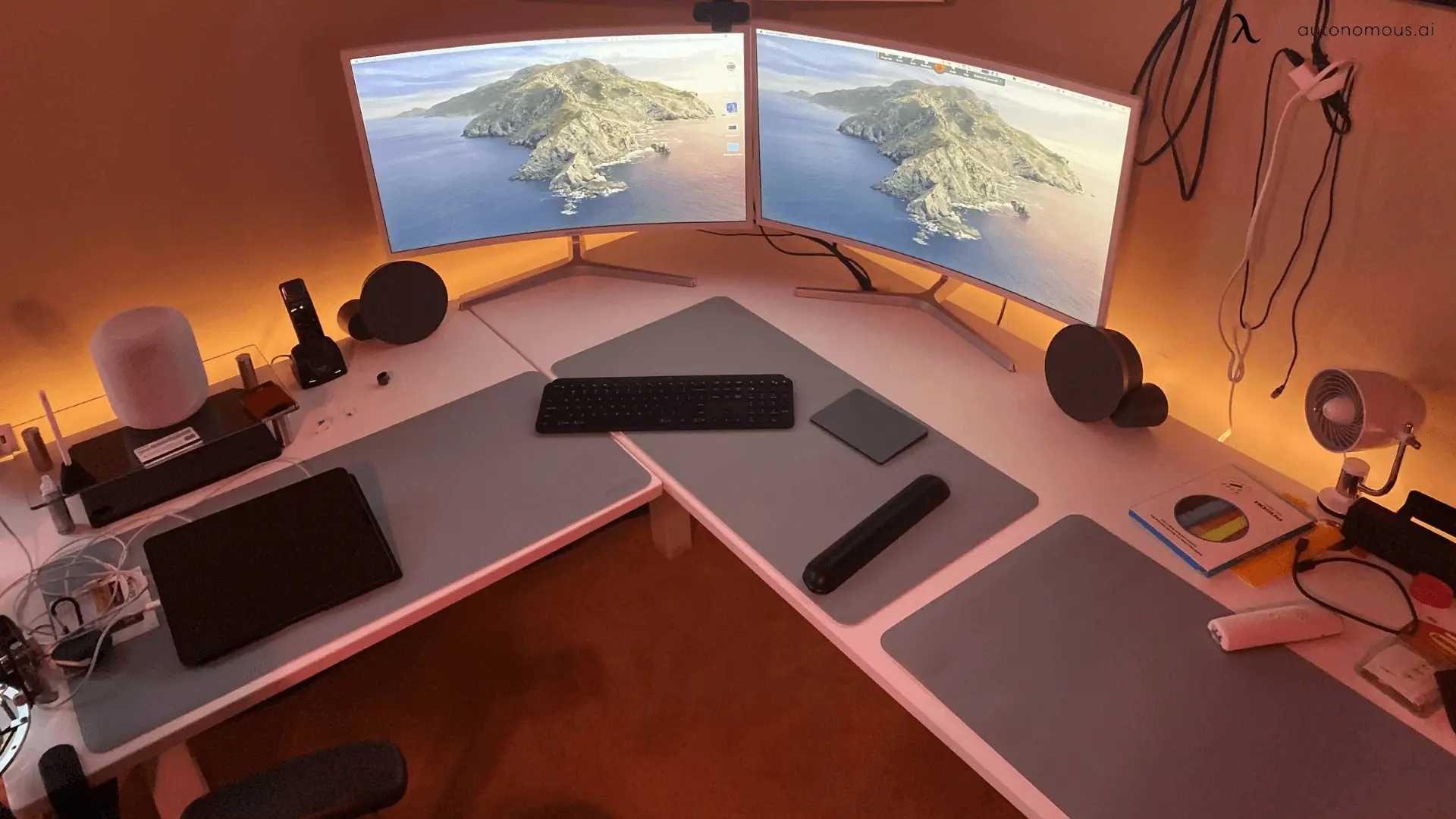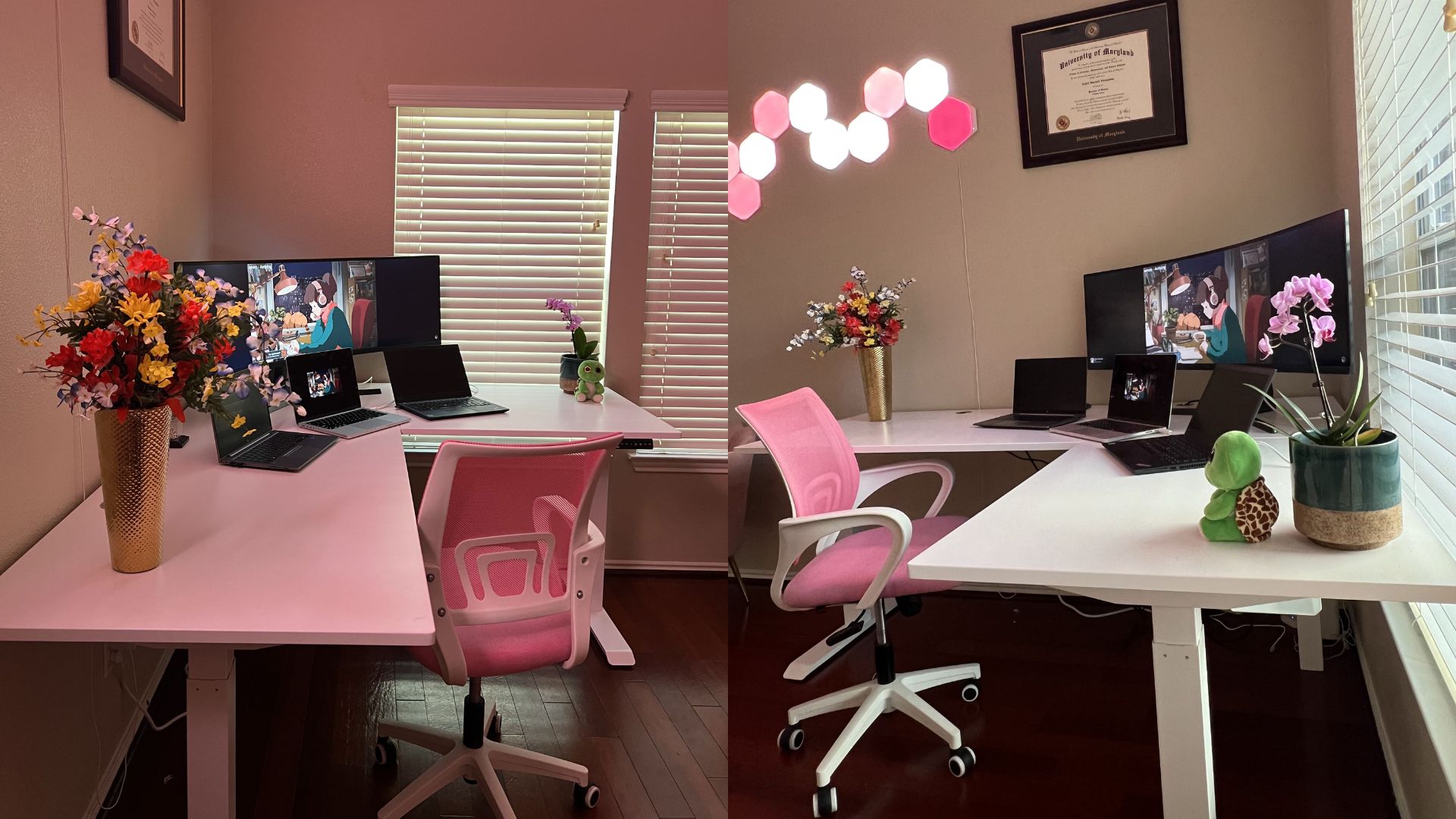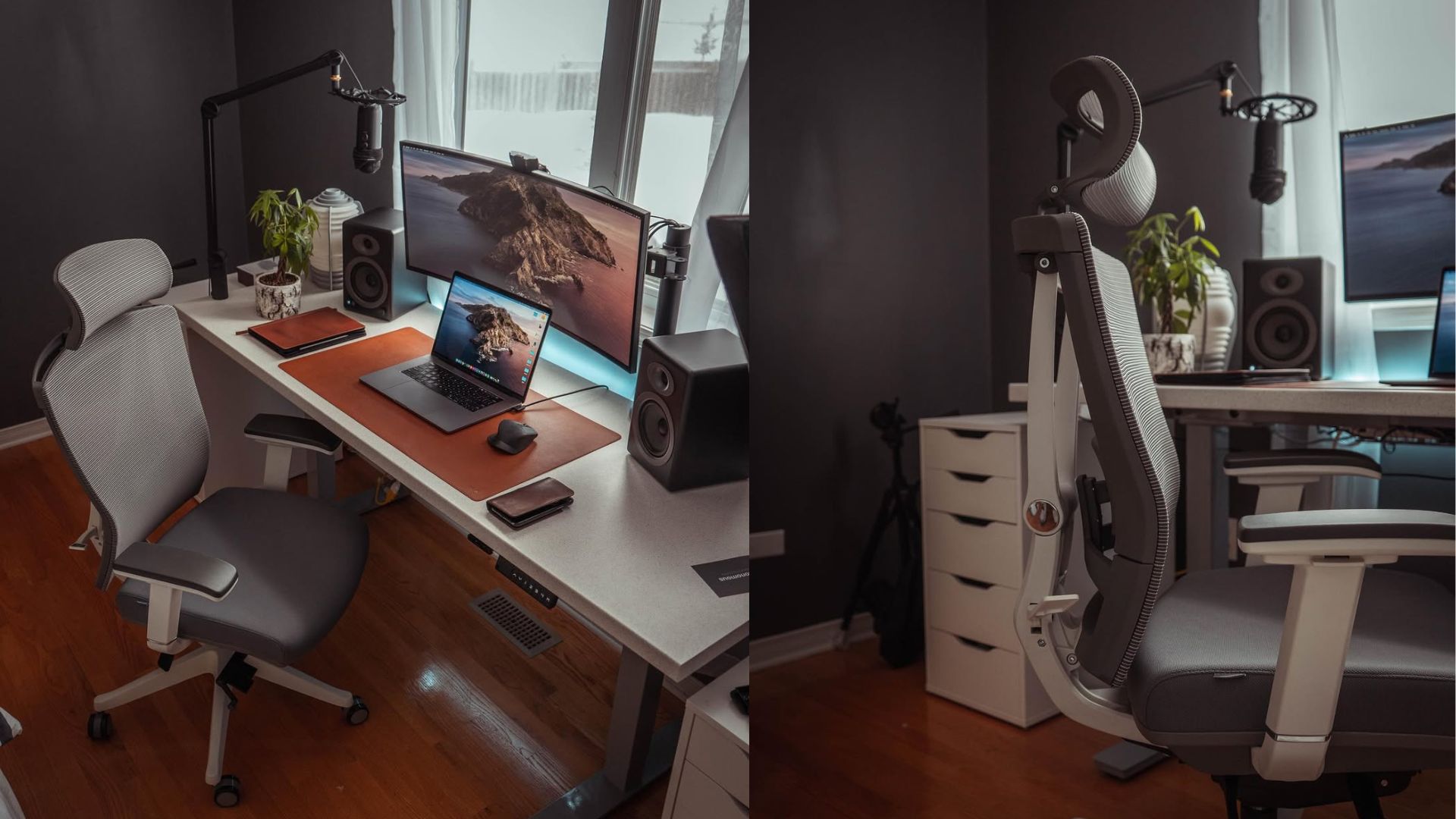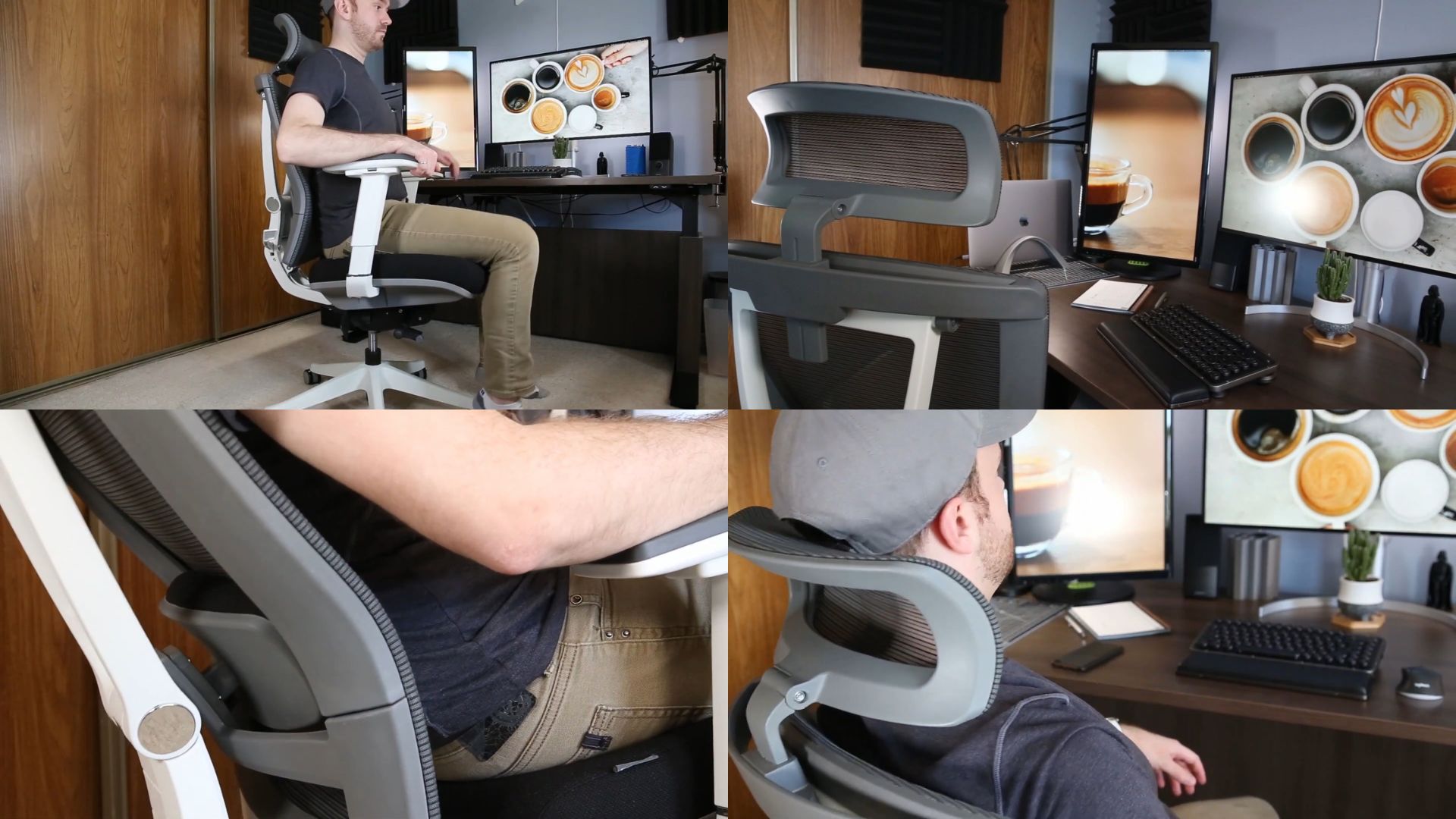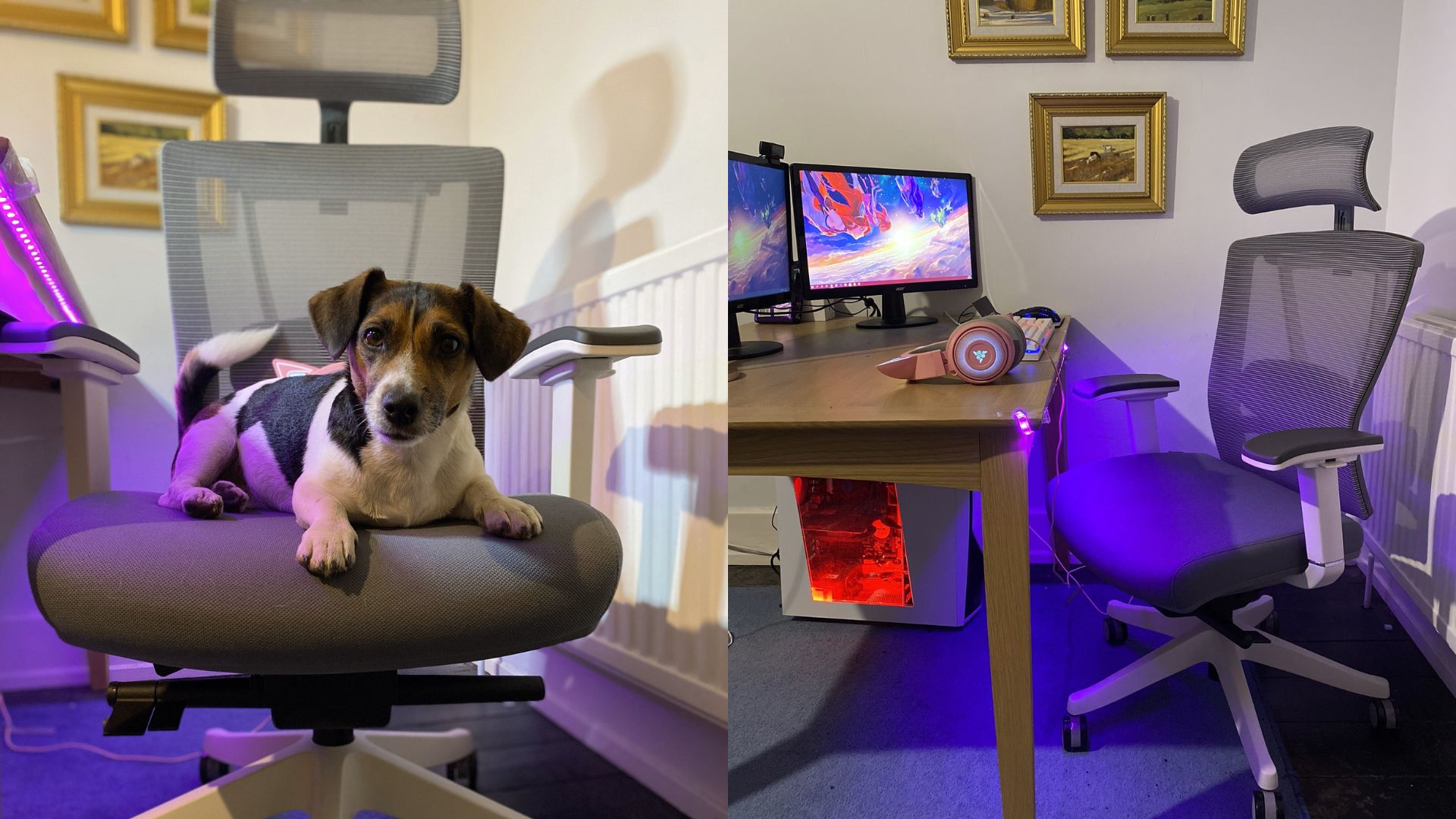
Recognize Ergonomic Risk Factors in the Workplace
Table of Contents
Ergonomic risk factors in the workplace can have a significant impact on employee health, productivity, and overall job satisfaction. Identifying and addressing these risks is essential to creating a safe and efficient work environment. From posture issues to repetitive movements, understanding these factors can help businesses implement effective solutions to protect their workforce and improve performance.
Understanding Ergonomic Risk Factors
Ergonomic risk factors are workplace conditions or practices that can lead to discomfort, injury, or long-term health problems for employees. These risks arise when there’s a mismatch between the demands of a job and the physical, cognitive, or organizational capabilities of a worker. Recognizing and addressing these risk factors is critical to creating a safe, productive, and supportive workplace environment.
Definition of Ergonomic Risk Factors
Ergonomic risk factors are conditions in the workplace that contribute to strain, overexertion, or injury. These risks can stem from physical tasks, mental demands, or the organizational structure of work environments.
Key Characteristics:
- They often develop gradually, making them difficult to detect until discomfort or injury occurs.
- They are preventable through proper workplace design, training, and tools.
- They affect productivity, employee morale, and overall workplace safety.

Impact on Employee Health
Unaddressed ergonomic risk factors can lead to:
Musculoskeletal Disorders (MSDs):
- Conditions like carpal tunnel syndrome, tendonitis, and back pain are common outcomes of poor ergonomics.
- MSDs often develop due to repetitive motions, awkward postures, or overexertion.
Cognitive Strain:
- Prolonged focus without breaks, multitasking, or excessive workloads can lead to mental fatigue and burnout.
- Cognitive strain reduces productivity and increases the likelihood of errors.
Chronic Health Issues:
- Long-term exposure to ergonomic risks may result in chronic pain, reduced mobility, or psychological distress.
- This can lead to higher absenteeism and healthcare costs for employers.
Addressing ergonomic risk factors not only safeguards employees but also benefits organizations by improving efficiency, reducing turnover, and fostering a positive work environment.

Types of Ergonomic Risk Factors
Ergonomic risks can be categorized into three main types: physical, cognitive, and organizational. Each type presents unique challenges and requires targeted strategies for mitigation.
1. Physical Risk Factors
Physical risk factors are the most visible and commonly associated with ergonomics. They involve the interaction between a worker’s body and their physical environment or tasks.
Examples:
- Repetitive Movements: Performing the same motion repeatedly, such as typing or assembly line work, can lead to repetitive strain injuries.
- Awkward Postures: Slouching, reaching, or twisting while performing tasks can strain muscles and joints.
- Forceful Exertions: Tasks requiring significant physical effort, such as lifting heavy objects, increase the risk of injury.
- Static Positions: Holding a posture, like sitting or standing, for extended periods can cause muscle fatigue and circulation issues.
Impact on Health:
- Chronic back, neck, and shoulder pain.
- Joint issues like arthritis or carpal tunnel syndrome.
Prevention:
- Use ergonomic office furniture, such as adjustable chairs and standing desks.
- Provide tools like wrist rests and monitor stands to ensure proper alignment.
2. Cognitive Risk Factors
Cognitive risk factors relate to the mental demands of a job. These include stressors that affect concentration, decision-making, and overall mental well-being.
Examples:
- Multitasking: Juggling multiple responsibilities without adequate time or support can lead to errors and frustration.
- Information Overload: Excessive data or unclear instructions can overwhelm employees, reducing efficiency.
- Lack of Mental Breaks: Prolonged focus without rest leads to mental fatigue and reduced productivity.
Impact on Health:
- Stress-related disorders, such as anxiety and depression.
- Cognitive fatigue, which impairs decision-making and focus.
Prevention:
- Encourage regular breaks to recharge mentally.
- Provide clear instructions and manageable workloads.
- Foster a supportive work culture to reduce stress.
3. Organizational Risk Factors
Organizational risk factors stem from the structure, policies, and practices of a workplace. These can indirectly contribute to ergonomic challenges by influencing how work is performed.
Examples:
- Work Schedules: Long hours without sufficient breaks or irregular shifts disrupt physical and mental recovery.
- Poor Job Design: Roles lacking variety or autonomy can lead to disengagement and physical strain.
- Inadequate Training: Without proper guidance on ergonomic practices, employees may adopt harmful habits.
Impact on Health:
- Fatigue, decreased morale, and higher turnover rates.
- Increased likelihood of workplace accidents due to rushed or poorly planned tasks.
Prevention:
- Implement flexible work schedules that allow for rest and recovery.
- Provide training on ergonomic practices and safe task execution.
- Redesign roles to incorporate variety and employee input.
4. Behavioral Ergonomic Risk Factors
Behavioral factors are a subset of organizational and physical risks. They involve habits or behaviors that exacerbate ergonomic issues.
Examples:
- Poor posture due to lack of awareness.
- Skipping breaks or working through discomfort.
- Improper lifting techniques or reliance on shortcuts.
Prevention:
- Educate employees on the importance of ergonomic practices.
- Encourage early reporting of discomfort or injuries to address issues proactively.

The Importance of Ergonomic Risk Assessment
Identifying ergonomic risk factors through an ergonomic risk assessment is the cornerstone of prevention. This process evaluates:
- Workstation Design: Are desks, chairs, and tools suitable for the tasks and individuals?
- Task Demands: Do tasks involve repetitive motions, excessive force, or awkward postures?
- Work Schedules: Are breaks and rest periods adequate?
Understanding ergonomic risk factors is critical for creating a safe and productive workplace. Recognizing physical, cognitive, and organizational risks, and implementing effective measures, can help employees stay healthy and engaged while reducing costs associated with absenteeism and injuries.
Recognizing Ergonomic Risks in Different Work Environments
1. Office Workplaces
In office settings, ergonomic risks often stem from prolonged sitting, improper chair height, and poorly positioned monitors or keyboards.
- Key Risks: Neck strain, lower back pain, and carpal tunnel syndrome.
- Solutions: Adjustable chairs, standing desks, and monitor risers can significantly reduce risks.

2. Industrial Workplaces
Factories and warehouses present physical ergonomic risks due to heavy lifting, repetitive tasks, and prolonged standing.
- Key Risks: Muscle fatigue, joint strain, and injuries caused by improper lifting techniques.
- Solutions: Training on safe lifting practices, ergonomic tools, and anti-fatigue mats.
3. Remote Work Environments
Home offices often lack proper ergonomic setups, leading to slouching on couches or working at dining tables.
- Key Risks: Neck and back strain due to poor posture.
- Solutions: Invest in ergonomic furniture and maintain a consistent workspace setup.

Understanding behavioral ergonomic risks—such as habits like neglecting to take breaks or poor posture—can help identify additional areas for improvement.
The Role of Ergonomic Office Furniture in Avoiding Ergonomic Risk Factors
Ergonomic furniture plays a pivotal role in minimizing workplace injuries and discomfort. Well-designed chairs, desks, and accessories can:
- Improved Posture: Adjustable chairs and desks align the spine and reduce the risk of back pain.
- Enhanced Comfort: Ergonomic designs prioritize user comfort, leading to increased focus and productivity.
- Reduced Risk of Injury: Proper support for wrists, necks, and backs lowers the likelihood of musculoskeletal disorders.
For businesses aiming to address ergonomic risk factors effectively, investing in high-quality furniture is essential.
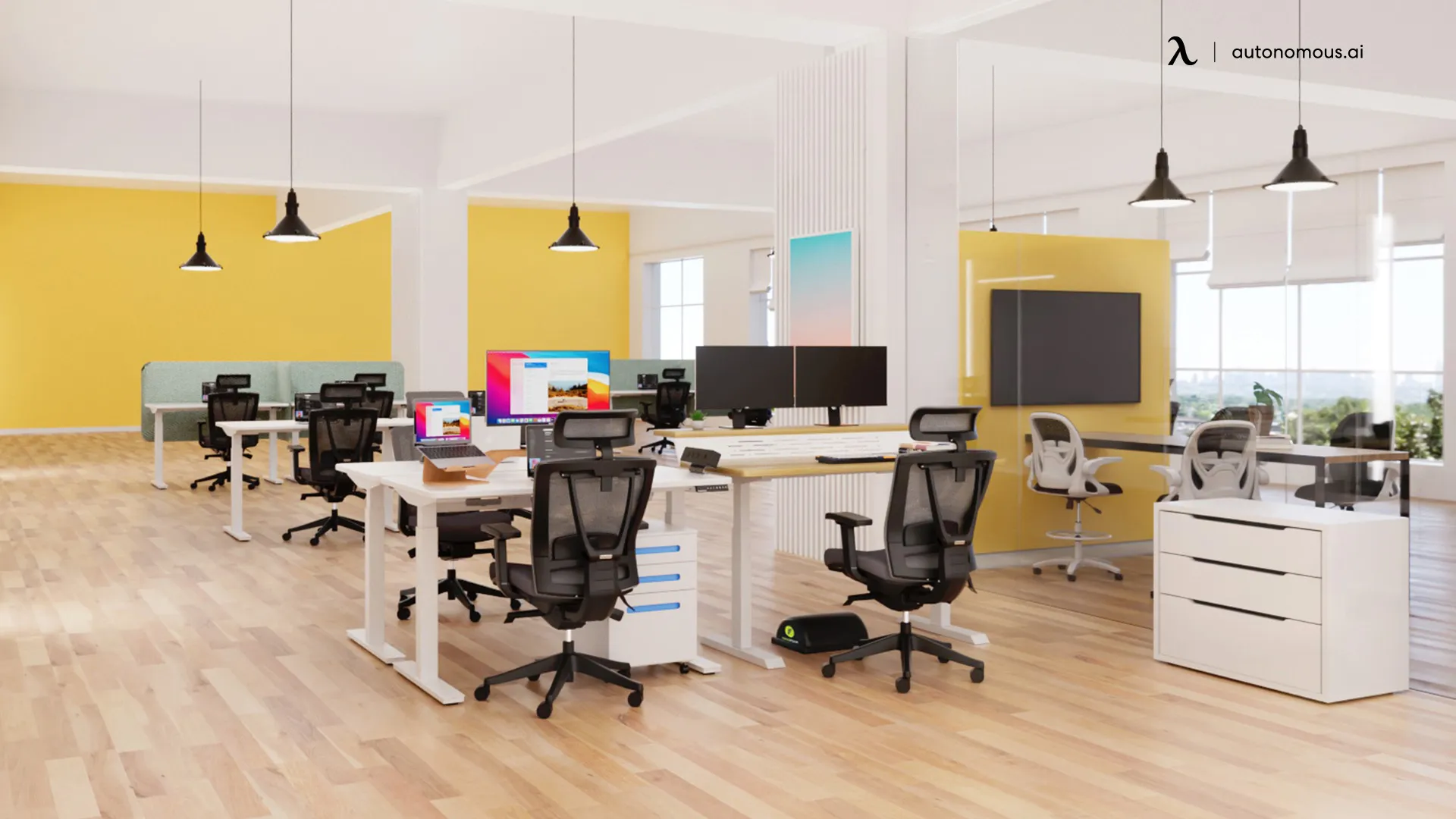
Autonomous Office Furniture for a Better Workplace
Autonomous is a leader in ergonomic furniture, offering innovative solutions for healthier and more productive workspaces. Here are top products from Autonomous:
1. Autonomous Desk 2
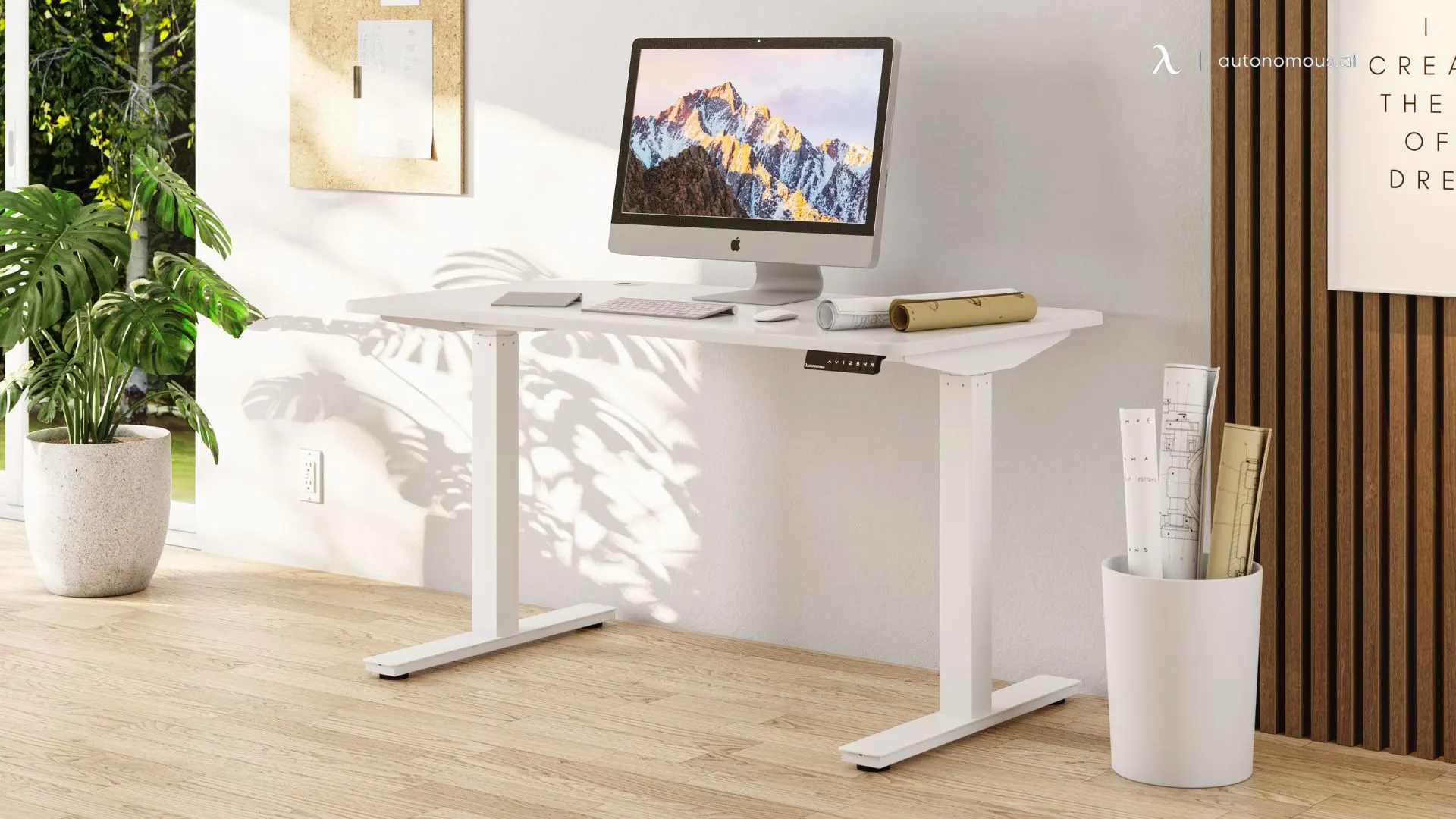
Autonomous Desk 2
| Top | Classic Top |
|---|---|
| Dimensions | 53"L x 29"W x 1"H |
| Shipping dimensions | 56"L x 33"W x 3"H x 47 lbs |
| Colors | White, Black, Walnut, White Oak, Bamboo |
| Material | Warp-proof MDF wood Natural Bamboo |
| Motor type | Dual | Dual |
|---|---|---|
| Lifting speed | 1.1”/sec | 2.3”/sec |
| Lifting capacity | 250 lbs | 310 lbs |
| Noise level | 45 dB | 40 dB |
| Height range (without top) | 27.2" - 46.5" | 25.2" - 51" |
| Height range (with top) | 28.3" - 47.5" | 26.2" - 52" |
| Length range | 39.8'' - 59'' | 40" - 73" |
| Frame foot width | 23.6'' | 27.5" |
| Material | SPCC steel | SPCC steel |
| Colors | White, Black | White, Black, Grey |
| Outlet voltage | 110-240V | 110-240V |
| Anti - collision | Yes | Yes |
| Shipping dimensions | 39"L x 11"W x 9"H x 51 lbs | 43"L x 13"W x 10"H x 70 lbs |
The Autonomous Desk 2 is an electric standing desk that promotes movement and flexibility during work hours.
Key Features:
- Height adjustability with four programmable presets.
- Sturdy steel frame supporting up to 310 lbs.
- Smooth motorized transitions.
- Anti-collision feature.
Why It’s Great: This desk encourages alternating between sitting and standing, reducing the risks associated with prolonged sitting.
2. Autonomous Desk 5
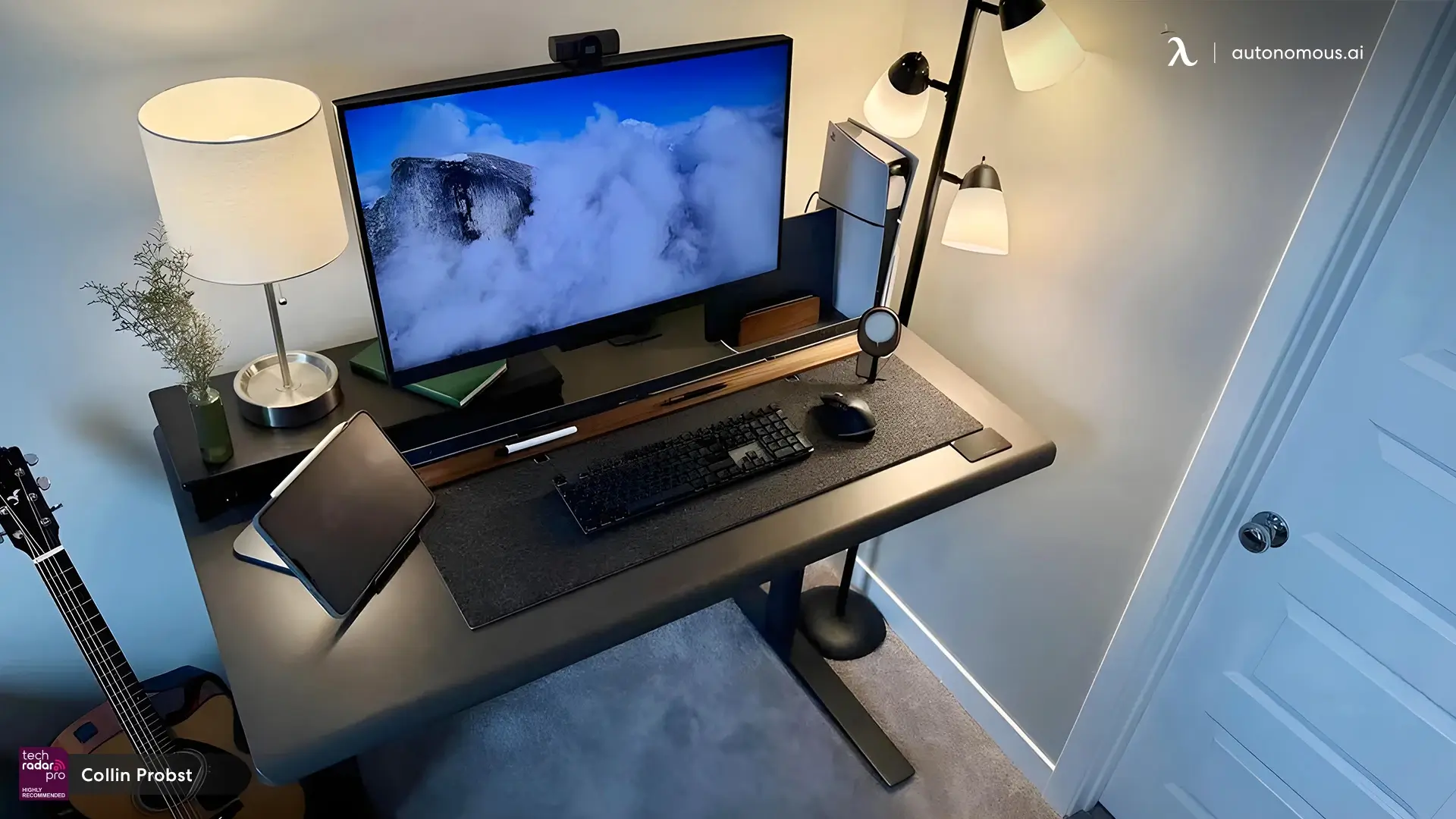
Autonomous Desk 5
| Dimensions | 53"L x 29"W x 1.2"H |
|---|---|
| Colors | Stone Desert, Titanium White, Meteor Grey |
| Coating | Special customize sealing paint based on Green Standard |
| Material | HDF wood |
| Motor type | Dual |
|---|---|
| Lifting speed | 1.2”/sec |
| Lifting capacity | 330 lbs |
| Noise level | 40 dB |
| Height range (without top) | 29.5" - 48.5" |
| Height range (with top) | 30.7" - 49.7" |
| Length range | 40.4" - 70.9" |
| Frame foot width | 26.4" |
| Material | SPCC steel |
| Colors | Stone Desert, Titanium White, Meteor Grey |
| Outlet voltage | 110-240V |
| Anti - collision | Yes |
| Motor type | Dual |
|---|---|
| Lifting speed | 1.6”/sec |
| Lifting capacity | 330 lbs |
| Noise level | 40 dB |
| Height range (without top) | 26" - 51.5" |
| Height range (with top) | 27.2" - 52.7" |
| Length range | 40.4" - 70.9" |
| Frame foot width | 26.4" |
| Material | SPCC steel |
| Colors | Stone Desert, Titanium White, Meteor Grey |
| Outlet voltage | 110-240V |
| Anti - collision | Yes |
Designed for modern workspaces, the Autonomous Desk 5 combines functionality with aesthetics. It features a smooth-touch surface and rounded edges for flawless mouse control.
Key Features:
- Smooth finish and rounded edges for sleek setup.
- Durable 1.2” HDF surface with bold new colors.
- The oval design ensures smooth movement and zero wobble.
- The integrated touchscreen puts control at your fingertips.
Why It’s Great: Ideal for those who are looking for a new creative hub, this desk fosters ergonomic work habits in dynamic office settings.
3. Autonomous Desk 2 L-Shaped
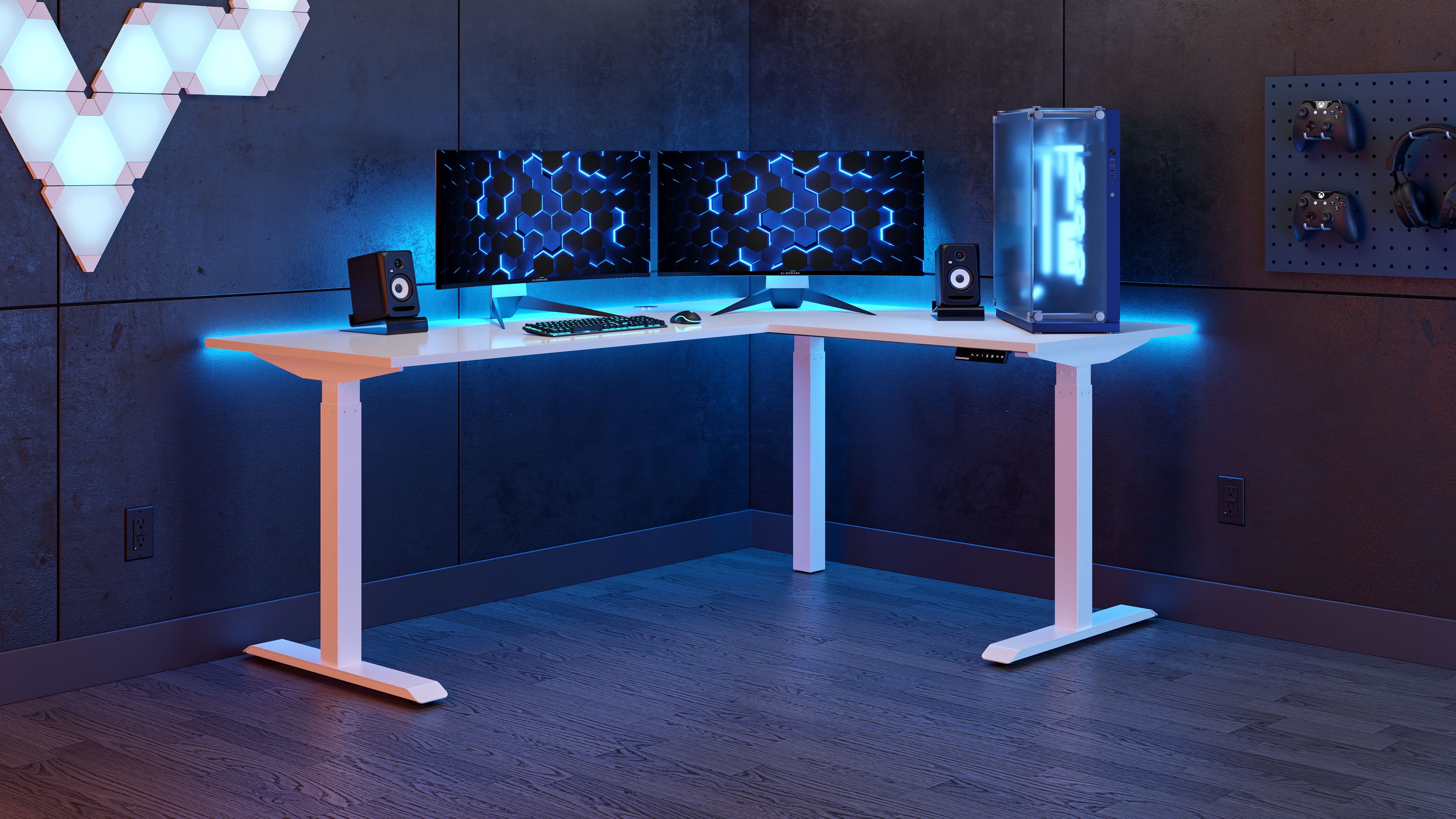
Autonomous Desk 2 L-Shaped
| Dimensions | Full: 77”L x 64”W x 1”H Large Top: 77”L x 29”W x 1”H Small Top: 29”L x 35”W x 1”H |
|---|---|
| Shipping Dimensions | 84"L x 35"W x 5"H x 95 lbs |
| Colors | White, Black, Walnut |
| Material | Warp-proof MDF wood |
| Motor type | Triple |
|---|---|
| Lifting speed | 2.3”/sec |
| Lifting capacity | 400 lbs |
| Noise level | 50 dB |
| Height range (without top) | 28.4" - 47" |
| Height range (with top) | 29.4" - 48" |
| Length range | 42” - 71” |
| Frame foot width | 27.5" |
| Material | SPCC steel |
| Colors | White/ Black |
| Outlet voltage | 110-240V |
| Anti - collision | Yes |
| Shipping Dimensions | Box 1: 54"L x 12"W x 8"H x 51 lbs Box 2: 35"L x 21"W x 9"H x 55 lbs |
Perfect for multitaskers, the Autonomous Desk 2 L-Shaped provides extra space without compromising ergonomics.
Key Features:
- Spacious L-shaped design for dual-monitor setup or multiple tasks.
- Customizable height settings.
- Stable construction for heavy equipment.
Why It’s Great: This L-shaped standing desk is ideal for professionals who need ample workspace while maintaining ergonomic standards.
4. ErgoChair Pro

Autonomous ErgoChair Pro
| Dimensions | 29”L x 29”W x 46” - 50”H |
|---|---|
| Seat dimensions | 20”L x 20”W |
| Seat height | 18” - 20” |
| Back dimensions (w/o headrest) | 21”W x 22”H |
| Back dimensions (with headrest) | 21”W x 28” - 31”H |
| Tilt range | 22° |
| Armrest height | 11” - 14” |
| Armrest height (from the floor) | 26.7” - 32.2” |
| Caster wheel diameter | 2.36 inches |
| Number of caster wheels | 5 pieces |
| Materials | Polyester fabric with molded foam interior and durable nylon plastic frame; PU handrest pads. |
| Colors | Cool Gray, Evergreen, All Black Red Apple, Black & White, Baby Blue |
| Weight capacity | 300 lbs |
| Item weight | 48.5 lbs |
| Shipping dimensions | 29”L x 27”W x 19”H x 67 lbs |
| Assembly required | Yes |
| Warranty | 2 years |
| Free returns | 30 days The trial and return policy does NOT apply to products on sale. |
| Adjustability | Headrest, armrest, back tilt angle and tension, seat tilt and height. |
The ErgoChair Pro is an advanced ergonomic chair that adapts to individual needs for maximum comfort.
Key Features:
- 9-point adjustability
- Breathable mesh back for optimal airflow.
- 2:1 synchro-tilt ratio
Why It’s Great: This chair supports proper posture and reduces the risk of back and neck pain.
5. ErgoChair Ultra 2
.jpg)
ErgoChair Ultra 2
| Dimensions (w/o headrest) | 28”L x 28”W x 41” - 46”H |
|---|---|
| Dimensions (with headrest) | 28”L x 28”W x 49” - 58”H |
| Seat dimensions | 18”L x 18”W |
| Seat depth range | 18” - 20.5” |
| Seat height | 18” - 23” |
| Headrest | 8" - 12" |
| Back dimensions | 20”W x 23”H |
| Tilt range | 25° |
| Armrest height | 7” - 11” |
| Armrest height (from the floor) | 23.5” - 27.7” |
| Caster wheel diameter | 2.56 inches |
| Number of caster wheels | 5 pieces |
| Materials | 100% TPE and polyester fabric upholstery with ABS plastic frame, aluminium base |
| Colors | Onyx Black, Dover Gray |
| Weight capacity | 320 lbs |
| Item weight | 36.5 lbs |
| Shipping dimensions | 28”L x 17”W x 31”H x 45 lbs |
| Assembly required | Yes |
| Warranty | 2 years |
| Free returns | 30 days |
| Adjustability | Headrest, armrest, back tilt angle and tension, seat height. |
Stay in the zone all day with the ErgoChair Ultra 2. It's the perfect chair to keep you comfortable and productive.
Key Features:
- Fully customizable settings for head, back, arms, and seat.
- Premium materials for durability and comfort.
- Designed to minimize pressure points and promote proper alignment.
Why It’s Great: With its advanced features, this chair addresses both physical and cognitive ergonomic risks.
Summary
Recognizing and addressing ergonomic risk factors in the workplace is essential for improving employee health and productivity. By understanding these risks, investing in ergonomic office furniture, and tailoring solutions to specific environments, businesses can foster a healthier, more efficient workforce. Autonomous furniture, such as the Autonomous Desk 2 and ErgoChair Pro, offers practical solutions to create ergonomic workspaces that meet the needs of modern professionals.
.svg)


